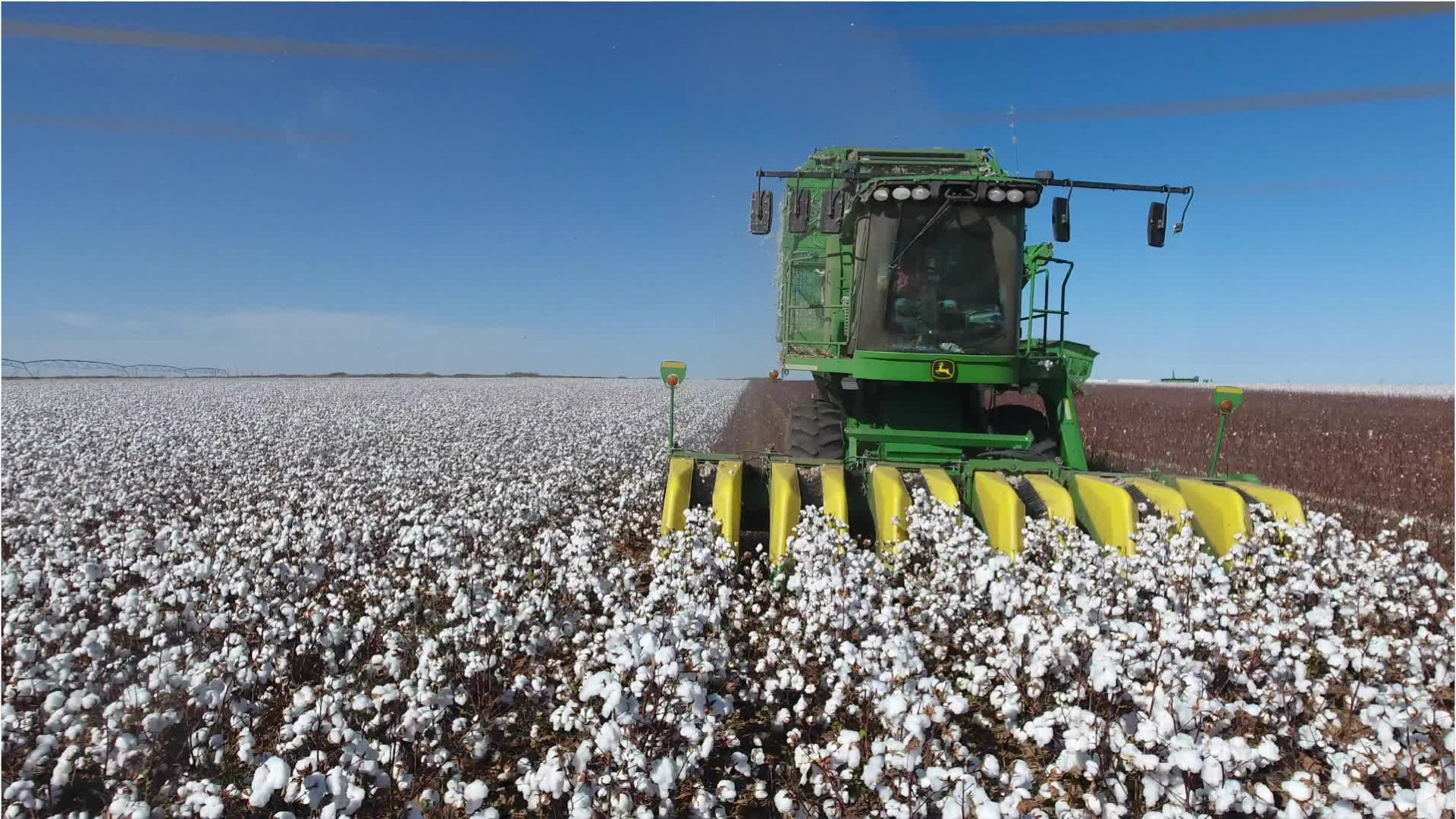Agricultural Equipment Operators
Equipment Operator, Farm Equipment Operator, Loader Operator, Rake Operator
 Select a military branch to see samples.
Select a military branch to see samples.
Pavements and Construction Equipment; Pavements and Construction Equipment Apprentice; Pavements and Construction Equipment Craftsman; Pavements and Construction Equipment Helper; Pavements and Construction Equipment Journeyman
Horizontal Construction Engineer
No similar titles were found.
Engineer Equipment Operator
Crane Operator
No similar titles were found.
What they do:
Drive and control equipment to support agricultural activities such as tilling soil; planting, cultivating, and harvesting crops; feeding and herding livestock; or removing animal waste. May perform tasks such as crop baling or hay bucking. May operate stationary equipment to perform post-harvest tasks such as husking, shelling, threshing, and ginning.
On the job, you would:
- Load and unload crops or containers of materials, manually or using conveyors, handtrucks, forklifts, or transfer augers.
- Mix specified materials or chemicals, and dump solutions, powders, or seeds into planter or sprayer machinery.
- Spray fertilizer or pesticide solutions to control insects, fungus and weed growth, and diseases, using hand sprayers.
Knowledge
Arts and Humanities
- English language
Engineering and Technology
- mechanical
Skills
Basic Skills
- listening to others, not interrupting, and asking good questions
Problem Solving
- noticing a problem and figuring out the best way to solve it
Abilities
Controlled Movement
- quickly change the controls of a machine, car, truck or boat
- use your arms and/or legs together while sitting, standing, or lying down
Hand and Finger Use
- keep your arm or hand steady
- hold or move items with your hands
Personality
People interested in this work like activities that include practical, hands-on problems and solutions.
They do well at jobs that need:
- Dependability
- Attention to Detail
- Cautiousness
- Perseverance
- Stress Tolerance
- Integrity
Technology
You might use software like this on the job:
Data base user interface and query software
- Martens Farms Farm Trac
- Microsoft Access
Presentation software
- Microsoft PowerPoint
Spreadsheet software
- Microsoft Excel
Education
Education: (rated 1 of 5)
no high school diploma/GED or
high school diploma/GED
usually needed
high school diploma/GED
usually needed
Job Outlook
Bright
New job opportunities are very likely in the future.
Explore More
- Extruding, Forming, Pressing, & Compacting Machine Setters, Operators, & Tenders
- Farmworkers & Laborers, Crop, Nursery, & Greenhouse
- Machine Feeders & Offbearers
- Milling & Planing Machine Setters, Operators, & Tenders, Metal & Plastic
- Separating, Filtering, Clarifying, Precipitating, & Still Machine Setters, Operators, & Tenders
You might like a career in one of these industries:
See more details at O*NET OnLine about Agricultural Equipment Operators.





